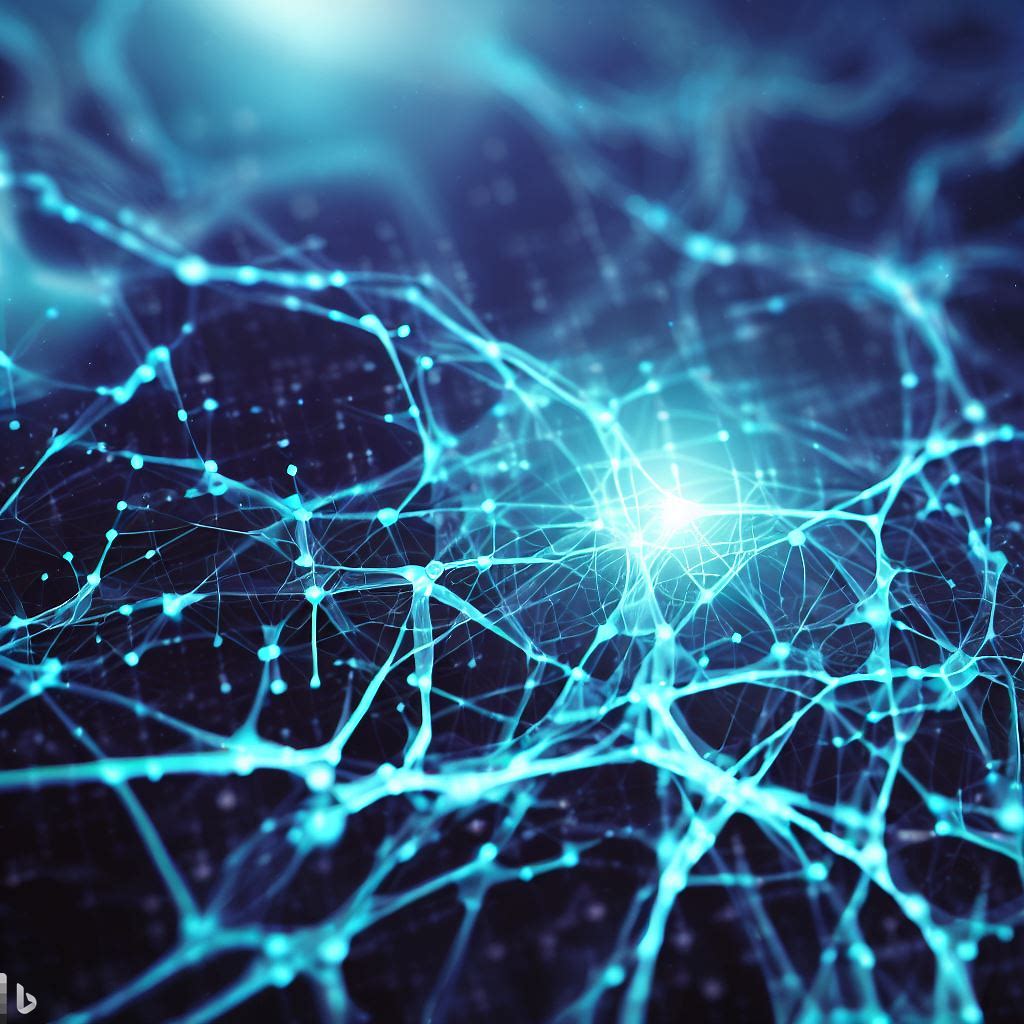Given the requirements in terms of dataset and constraints in terms of computation budget, neural architecture search (NAS) is a methodology to discover an optimal deep learning model for the purpose. Federated Neural Architecture Search (FNAS) is an emerging research area that combines two key concepts in machine learning and artificial intelligence: federated learning and neural architecture search (NAS).
 Let’s break down these two components before delving into FNAS:
Let’s break down these two components before delving into FNAS:
- Federated Learning:
- Federated learning is a machine learning approach that enables training a shared global model across decentralized and often privacy-sensitive edge devices or data sources while keeping the raw data localized and secure. Each participating device or data source performs local training on its data and periodically shares model updates with a central server. These updates are then aggregated to improve the global model.
- Neural Architecture Search (NAS):
- Neural architecture search is a technique for automating the design of neural networks. Instead of manually designing the architecture of a neural network (e.g., specifying the number of layers, types of layers, and their connections), NAS algorithms explore a search space of possible architectures to discover highly efficient or specialized neural network architectures for a given task.
Now, combining these two concepts, Federated Neural Architecture Search (FNAS) refers to the process of jointly searching for optimal neural network architectures across decentralized devices or data sources while preserving data privacy and security. Here’s how it typically works:
-
Initialization: A central server initializes a neural architecture search process. This could involve specifying the search space, defining optimization objectives (e.g., minimizing loss or maximizing accuracy), and selecting performance metrics.
-
Distribution of Search: The search process is distributed across participating devices or data sources. Each device starts with its own initial architecture or a base model.
-
Local Architecture Search: On each device, a local neural architecture search is performed. This can involve using various NAS algorithms, such as reinforcement learning-based, evolutionary, or gradient-based methods, to explore and evaluate different neural architectures.
-
Local Model Training: After designing a neural architecture, each device trains its local model using its private data. The local training process aims to optimize the model’s parameters based on the specific task or dataset on that device.
-
Model Evaluation: The locally trained models are evaluated on local validation datasets to assess their performance.
-
Model Sharing: Periodically or when certain conditions are met (e.g., after a fixed number of architecture searches), the locally discovered architectures, and their corresponding performance metrics are shared with the central server.
-
Aggregation and Selection: The central server aggregates the received architectures and metrics, often employing techniques like Bayesian optimization or ensemble methods to select promising architectures based on their performance across devices.
-
Global Model Update: The selected architectures are used to update the global neural network architecture. The central server then redistributes this updated architecture to all participating devices.
-
Iterative Process: The process of local architecture search, model training, and global architecture updates typically continues iteratively until predefined convergence criteria are met.
FNAS addresses the challenges of optimizing neural network architectures across a distributed and potentially heterogeneous set of devices while respecting data privacy. It enables the development of highly efficient and specialized neural architectures for edge devices without the need to centralize sensitive data. This makes FNAS particularly relevant in applications like edge computing, mobile AI, and federated learning scenarios where data privacy is a paramount concern.

